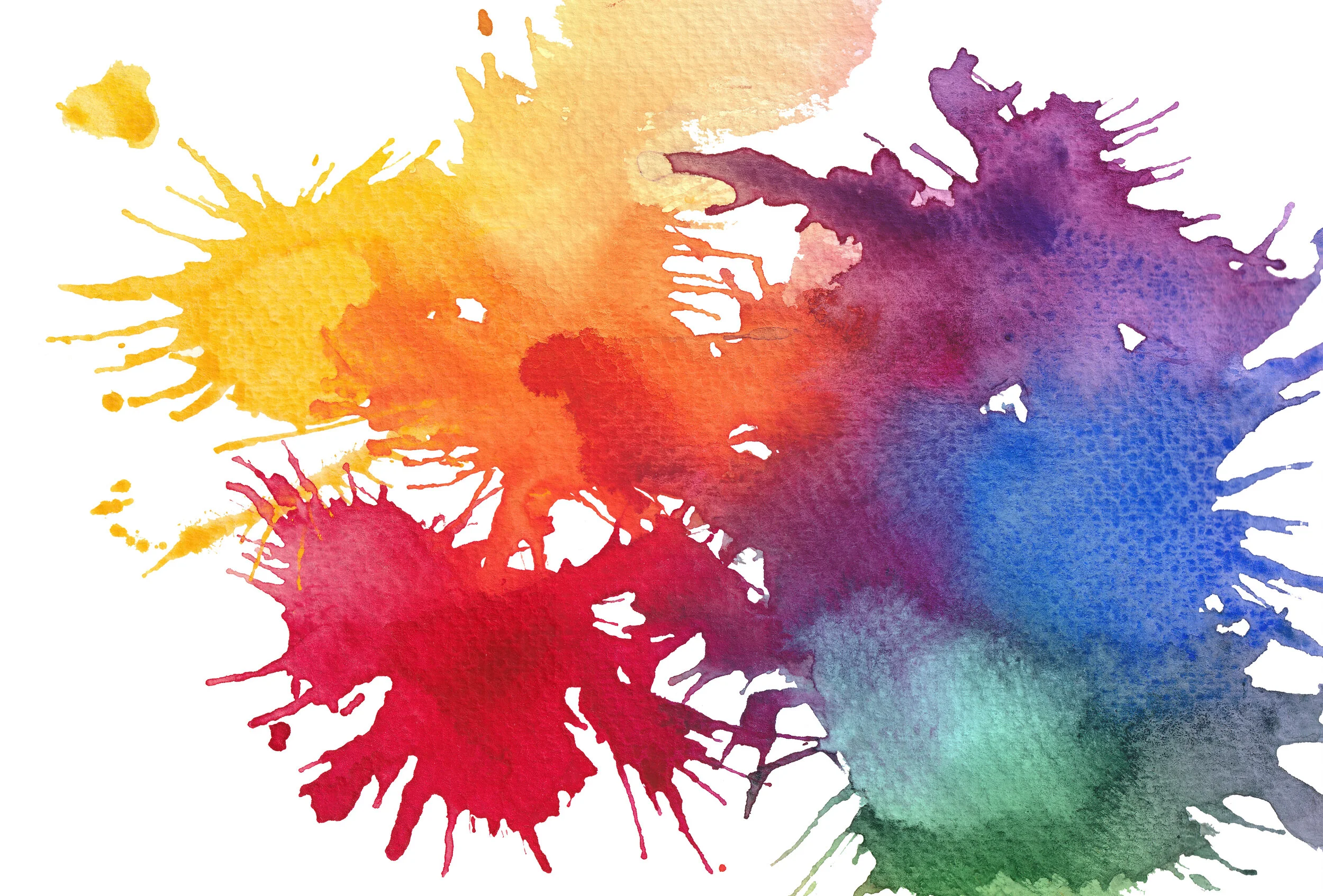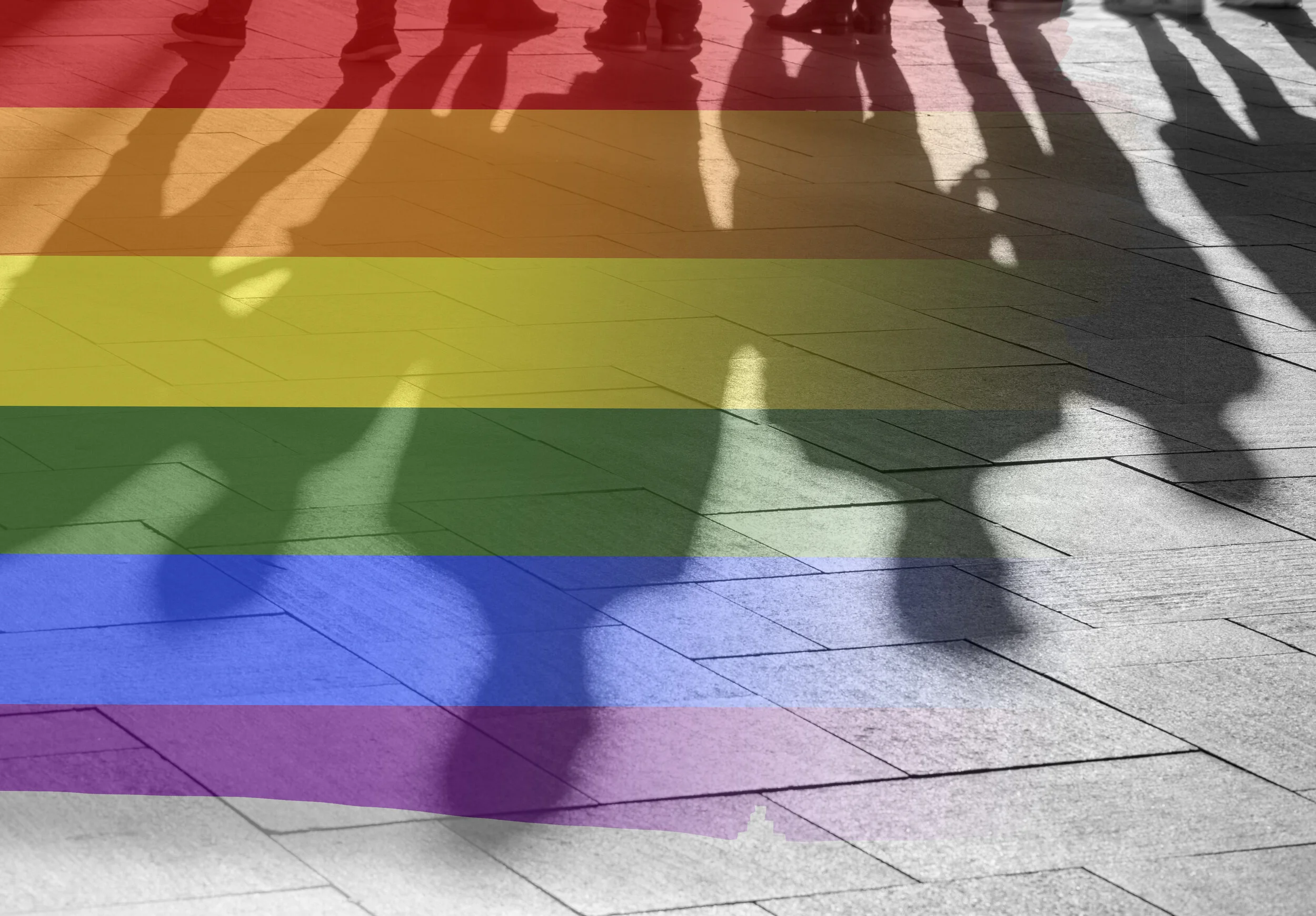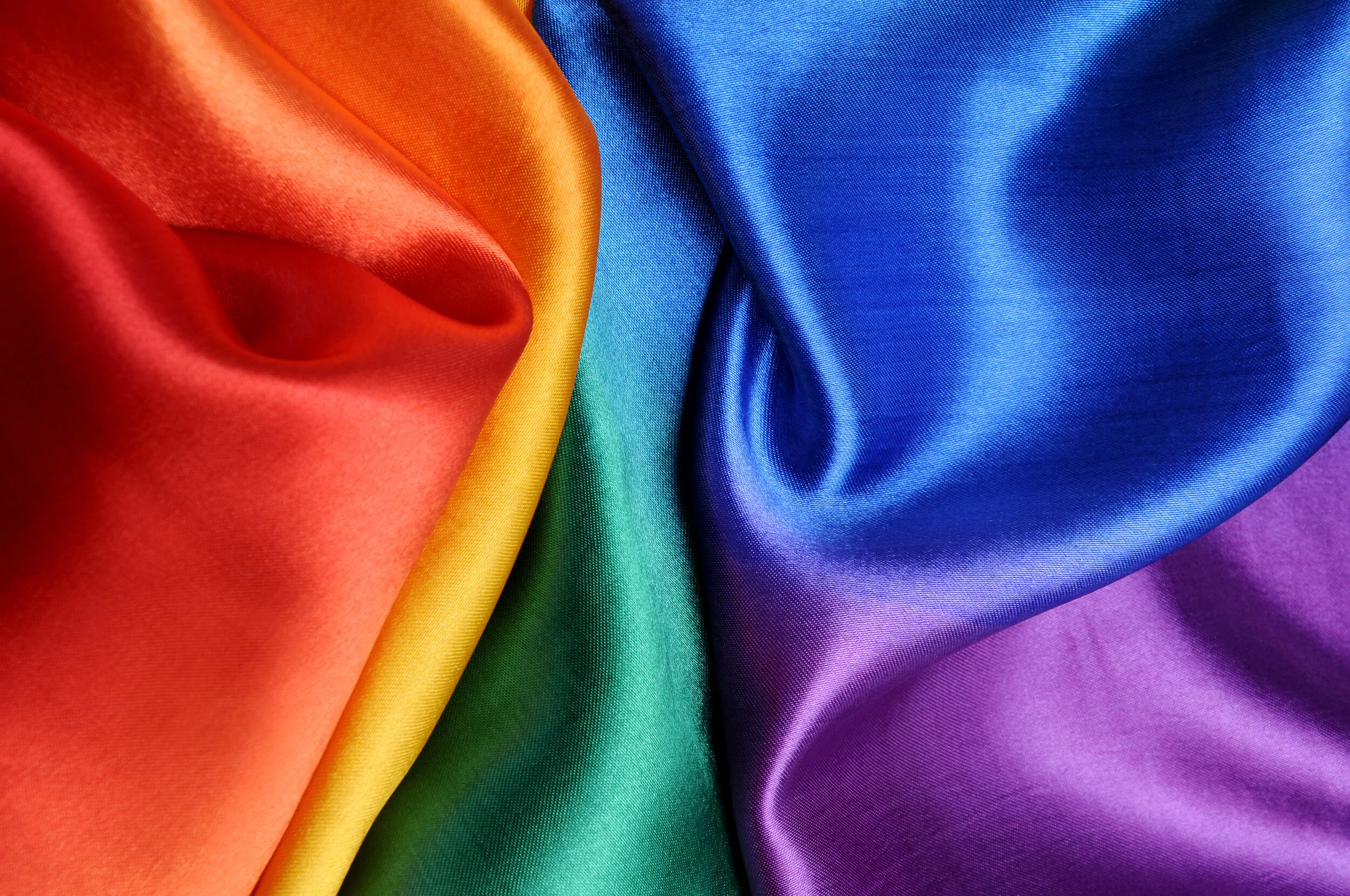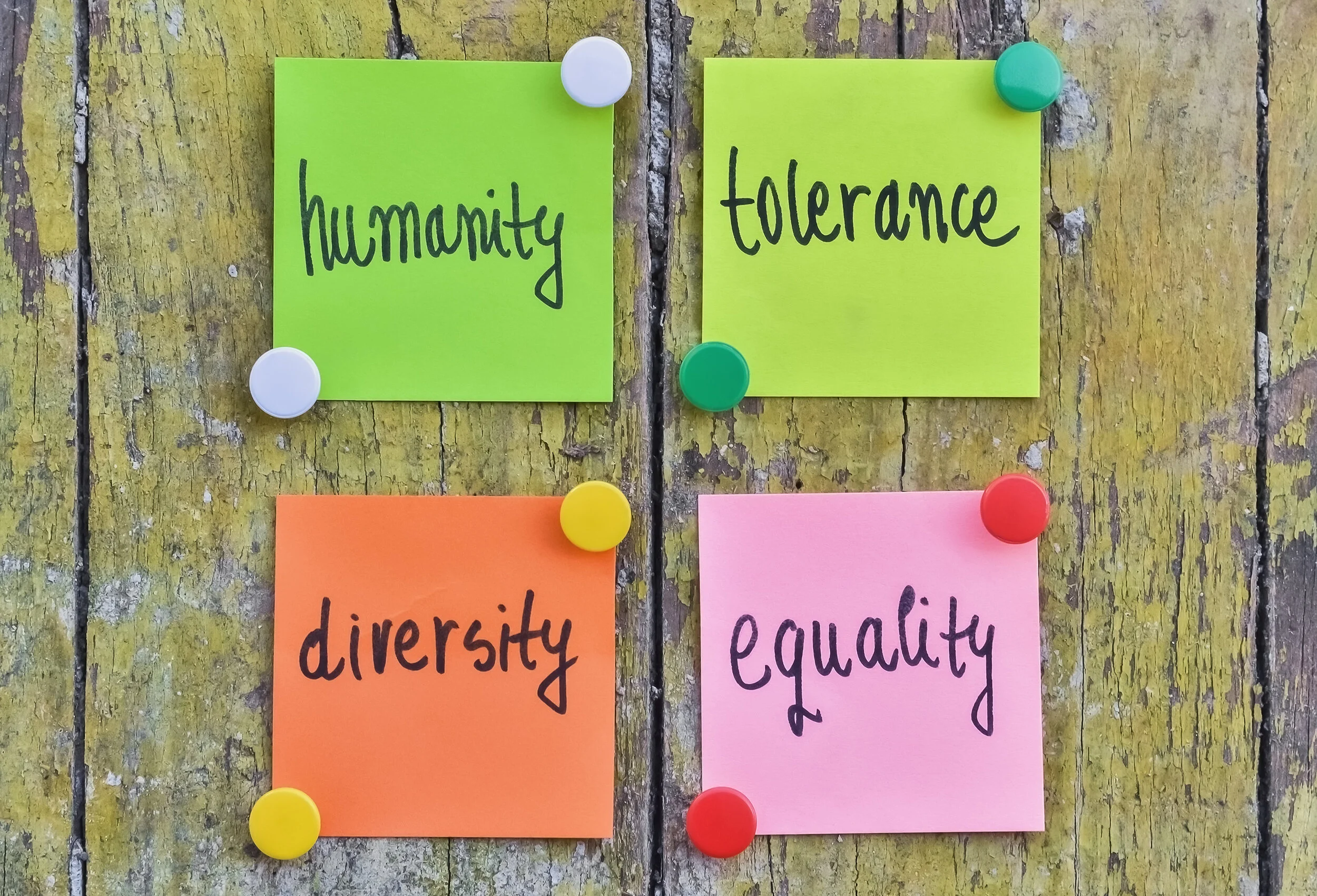Unconscious biases are subliminal prejudices that influence the way we make decisions. These practices often negatively impact our businesses, leading to an unhealthy workplace. We each have over 180 biases. In this blog, I share information about fifteen of the most common ones and provide examples for each. With the knowledge of these biases, we can begin the conversations needed to create an inclusive workplace for all.
Affinity Bias: Responding more positively to individuals with a similar race, gender, sexual orientation, etc.
A supervisor is considering employees for a promotion. One team member reminds the manager of themselves when they were just starting out in the field. Based on this information, the supervisor promotes this employee.
Anchoring Effect: Relying too heavily on the first piece of information offered
A manager reviewing resumes for possible candidates notices that one individual attended an Ivy League college. Without reading the rest of the resume, the manager offers the candidate an interview.
Bandwagon Effect: Jumping on board with something primarily because other people are doing it
When making corporate decisions, managers are swayed to agree with large groups and fail to discuss unique options.
Beauty Bias: Prejudices based upon the attractiveness, superficial personality, or physical appearance of an individual
A survey of Fortune 500 companies found that male CEOs are 2.5 inches taller than the average man. People unconsciously perceived tall men as powerful, smart, and capable when compared to shorter men.
Confirmation Bias: Seeking information that supports one’s beliefs and ignoring details to the contrary
A CEO who believes the organization does not need to improve diversity and inclusion conducts a workplace survey to investigate the status of diversity and inclusion. When reviewing the results, the CEO highlights and reports all the positive comments and overlooks areas of improvement.
Guilty By Association: Unfairly judging individuals by the company they keep
A new employee is assigned a desk next to known slackers in the office. After some time, the employee becomes friends with these individuals, and the manager notices. In performance evaluations, the manager penalizes the new employee for being a slacker, even though they have met all deadlines.
Hasty Generalization: Making a large claim based on a small amount of information
A supervisor has a team of 300 employees. When conducting a workplace survey, the manager only asks three employees for their opinions. The manager then makes executive decisions based on this small sample size.
Halo/Horn Effect: Allowing impressions of an individual in one area to influence the overall impression
A manager invites two equally high-performing employees to an upper management meeting. One comes dressed in a well-tailored suit, while the other wears slacks and a button-down. The upper management team believes that the employee in the tailored suit is a more effective employee and should be promoted, while a performance review should be conducted of the other employee.
Herd Mentality: Adopting specific thoughts, prejudices, or behaviors to fit in with a certain group of individuals
A manager joins a company with a pervasive sexist office culture. When given the chance to hire a new team member, the manager only interviews men for the position and unconsciously disregards female applicants.
Hindsight Bias: Believing that a past event was predicted without any reasoning or evidence
A candidate fails to prepare for a job interview and has a bad interaction with the hiring manager. When the candidate does not get a job offer, they insist that they wouldn’t have been hired anyway.
Negativity Bias: Allowing adverse events to overshadow equal positive events
Employees have three great quarters and one quarter below average. In performance reviews, the manager focuses the majority of their evaluation on the negative quarter.
Optimism/Pessimism Bias: The likelihood to overestimate a positive/negative outcome based on attitude
In the morning, news is shared that the company met all its deadlines and goals and saved money over the past fiscal year. In the afternoon, during a team meeting, the marketing plan for the following year is discussed. Exciting and innovative ideas are presented that will use the entire year’s budget by the second quarter. Everyone is excited and sees the rewards from this plan and gets started right away.
A hiring manager is late to work due to a flat tire. After getting in, they only have a few minutes before an interview. They doubt that the candidate will be hired and think they will need to start the search from all over.
Self-Serving Bias: Taking personal credit for positive events but blaming outside forces for negative events
When getting a promotion, an employee states it is all because of their hard work and diligent effort; however, when falling short of a deadline, the employee blames faults on their team members.
A manager takes credit for a great quarter of sales but blames their team for the following below average quarter.
Slippery Slope Fallacy: Rejecting an idea with little to no evidence simply because someone insists it will lead to an adverse major event
A prejudiced supervisor arguing that hiring one minority employee will lead to the deterioration of company culture and, eventually, the fall of the organization.
Stereotypes: Overgeneralized beliefs about a particular group of people
A manager assumes that an Asian employee is good with math and assigns them to certain projects because of this belief. This practice prevents the manager from realizing the employee’s real strengths and viewing all team members equally.
These definitions and examples allow us to spot biases and accurately correct injustices. With this information, we can strengthen our culture of inclusion and empower employees with a deeper understanding of biases. By increasing our awareness of discrimination, we prevent negativity from subliminally spreading within our workplaces.
























